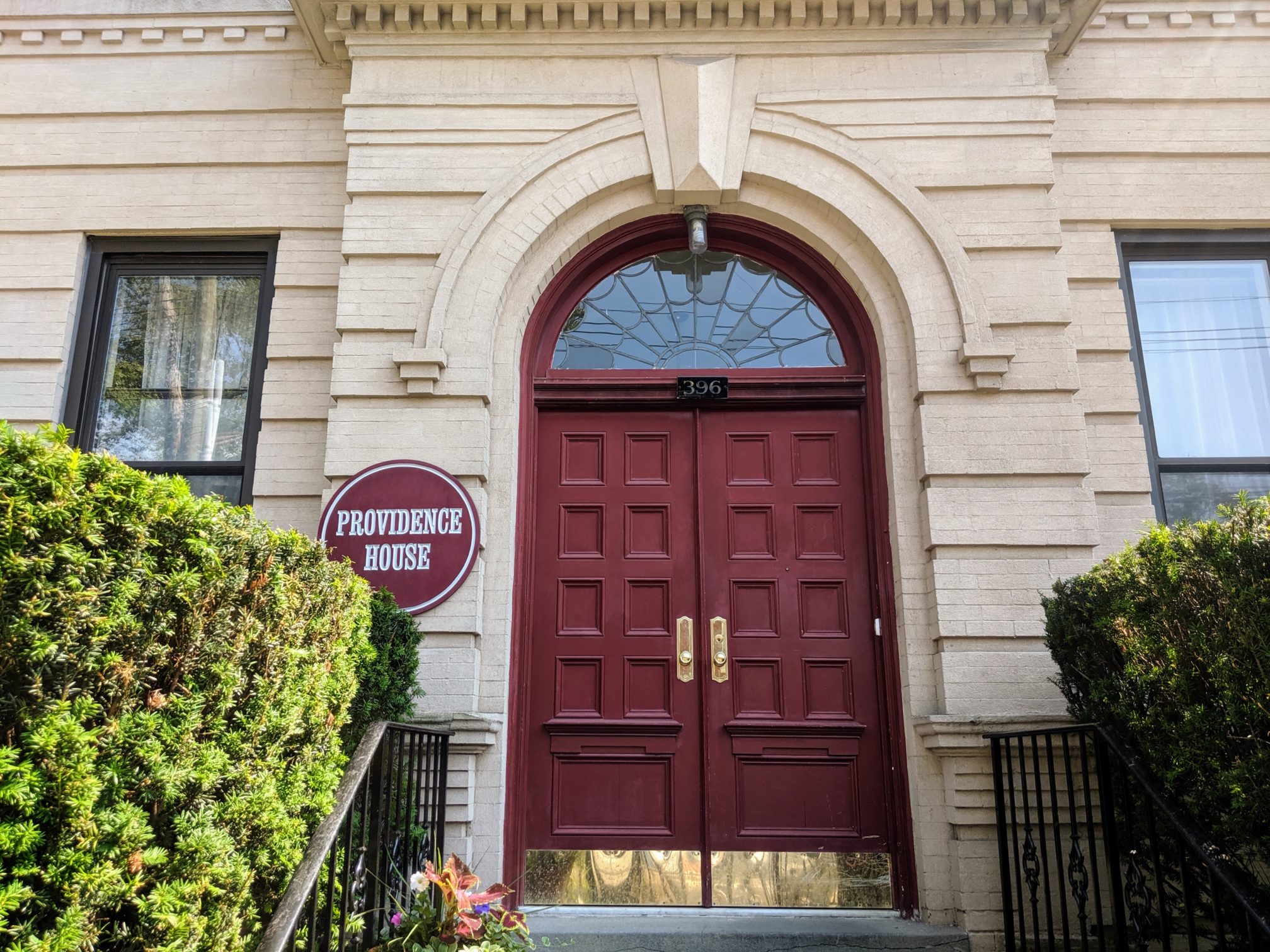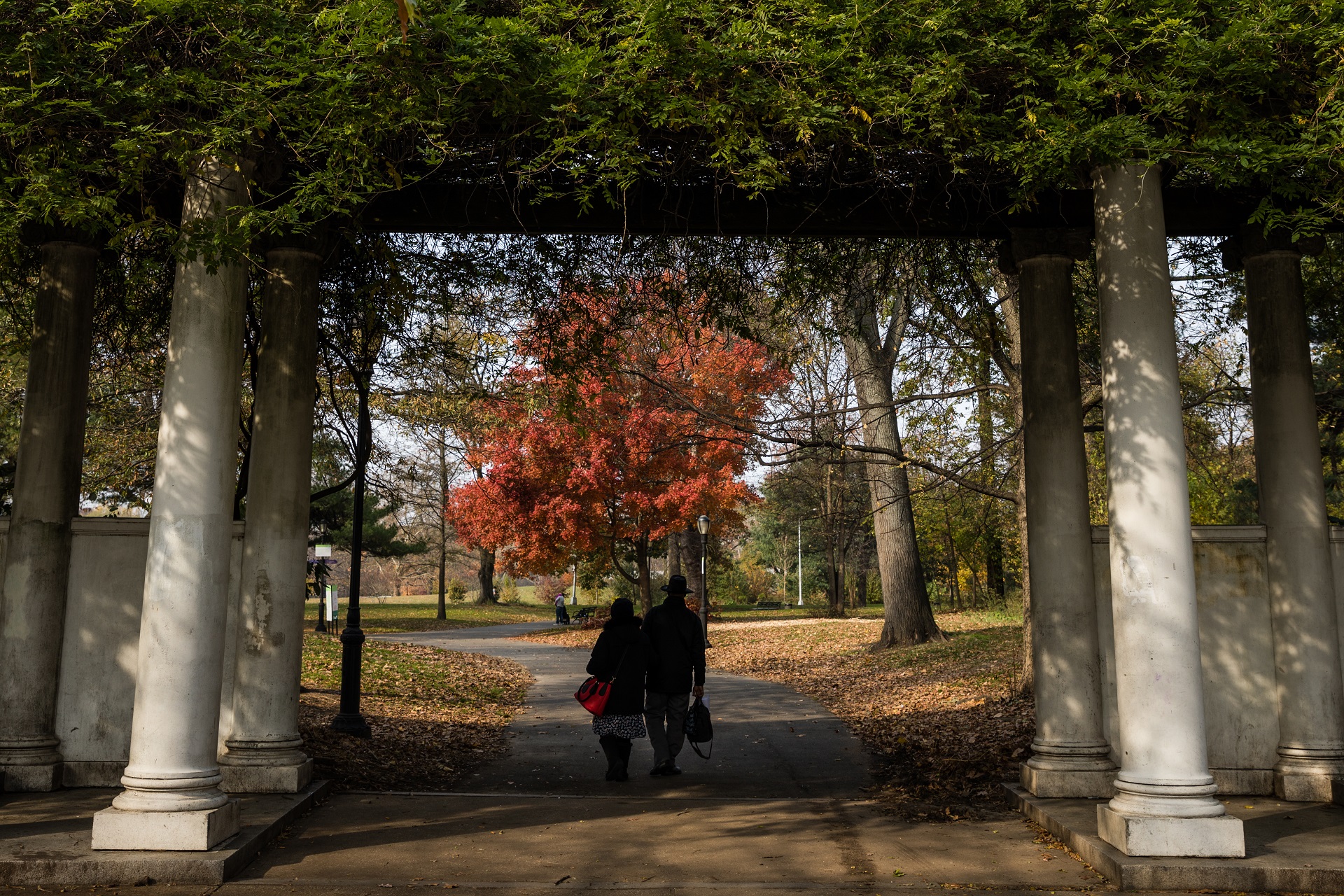The Brooklyn sanctuary where nuns help women transition from Rikers
At Providence House, neither a halfway house nor a shelter: a "breath of fresh air."

Providence House. Eagle photo by Phineas Rueckert
When LT applied for transitional housing after eight months on Rikers Island, she probably didn’t expect the answer she got.
“Oh! It’s nuns?” LT remembers asking the first time she heard about Providence House.
She took it as a sign. LT, 34, had been through a troubled patch in her life.
